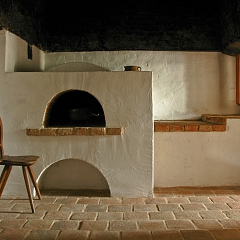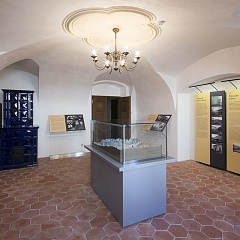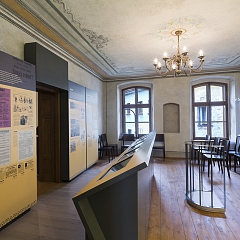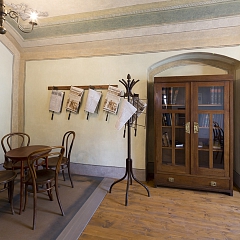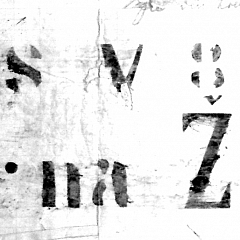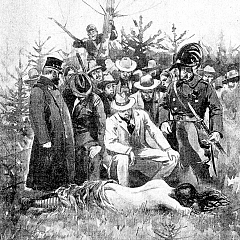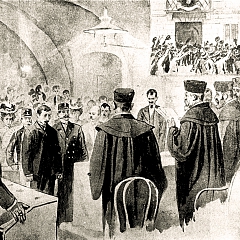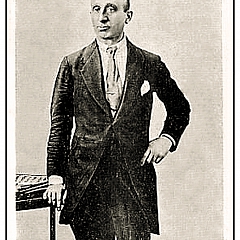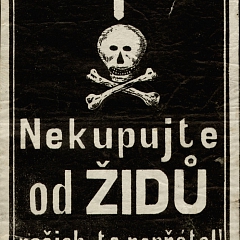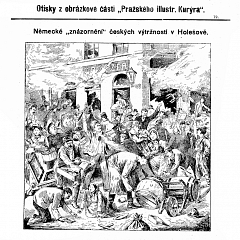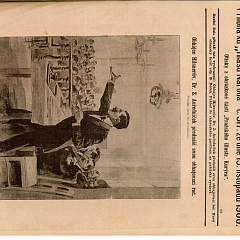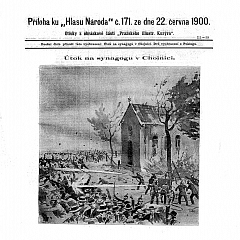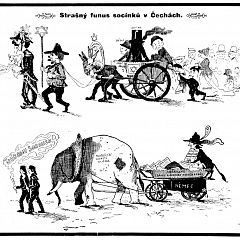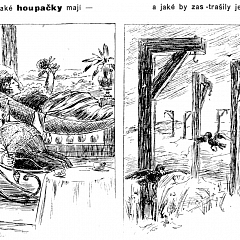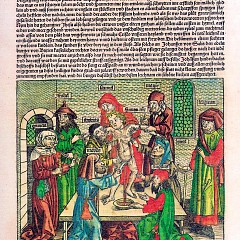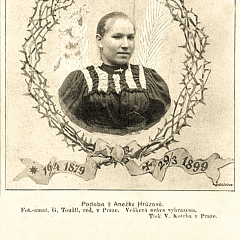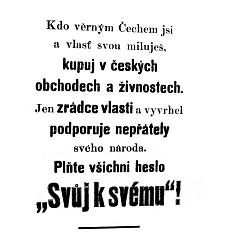
-
Polná
Permanent exhibition “The Stage of Anti-Semitism. The Leopold Hilsner Case”
In 1899, Polná was shaken by the violent and probably sexually motivated murder of a young woman, Anežka Hrůzová. Leopold Hilsner, a Jewish inhabitant of Polná, was accused of being an accessory to the murder, but her real murderer was never found. Transcribed into the language of modern anti-Semitism, the murder of this poor village girl was transformed into an affair that absorbed the Czech and European public for nearly two years. This judicial error and Leopold Hilsner’s personal tragedy resulted from the extraordinary influence of anti-Jewish politics and propaganda in Czech society around the turn of the century. Instead of being a place for finding justice, the courtroom became a stage for anti-Semitism. The exhibition depicts the Hilsner affair not only as an expression of “medieval” prejudices, but also as the consequence of anti-Semitism’s integration into the era’s social and political discourse. It looks at the rise of political anti-Semitism, economic boycotts, and anti-Jewish violence, as well as manifestations of anti-Semitism “of the masses”. Special attention is paid to the press as a tool that helped to spread the anti-Semitic interpretation of the Polná crime and turned it into a nationwide affair.
